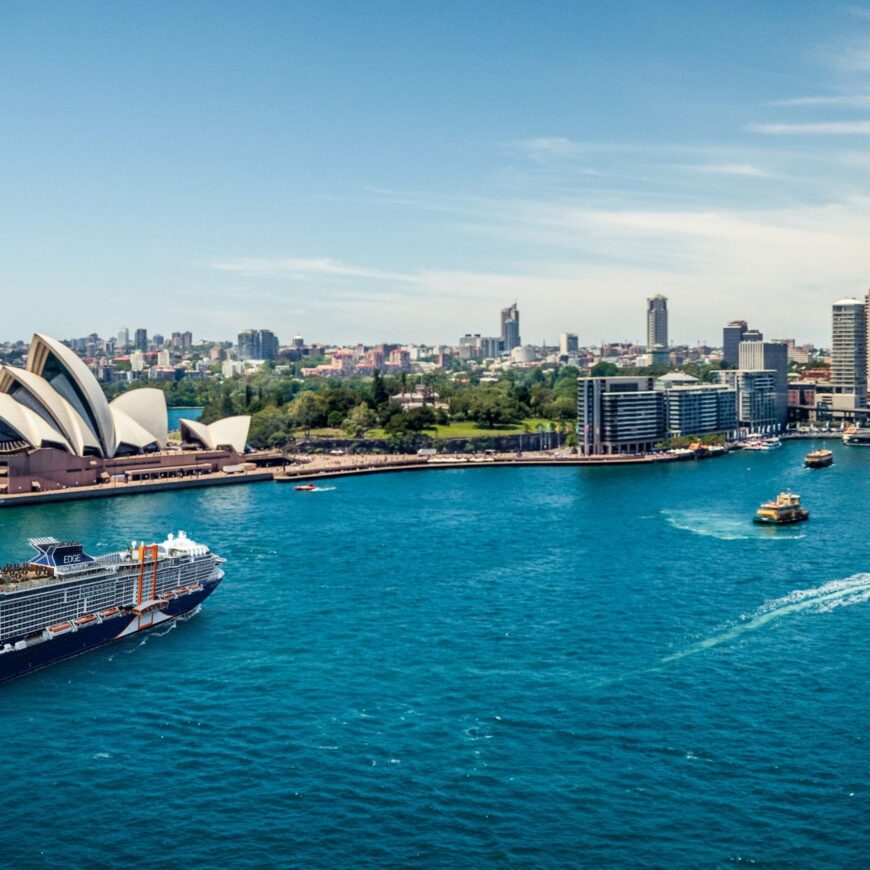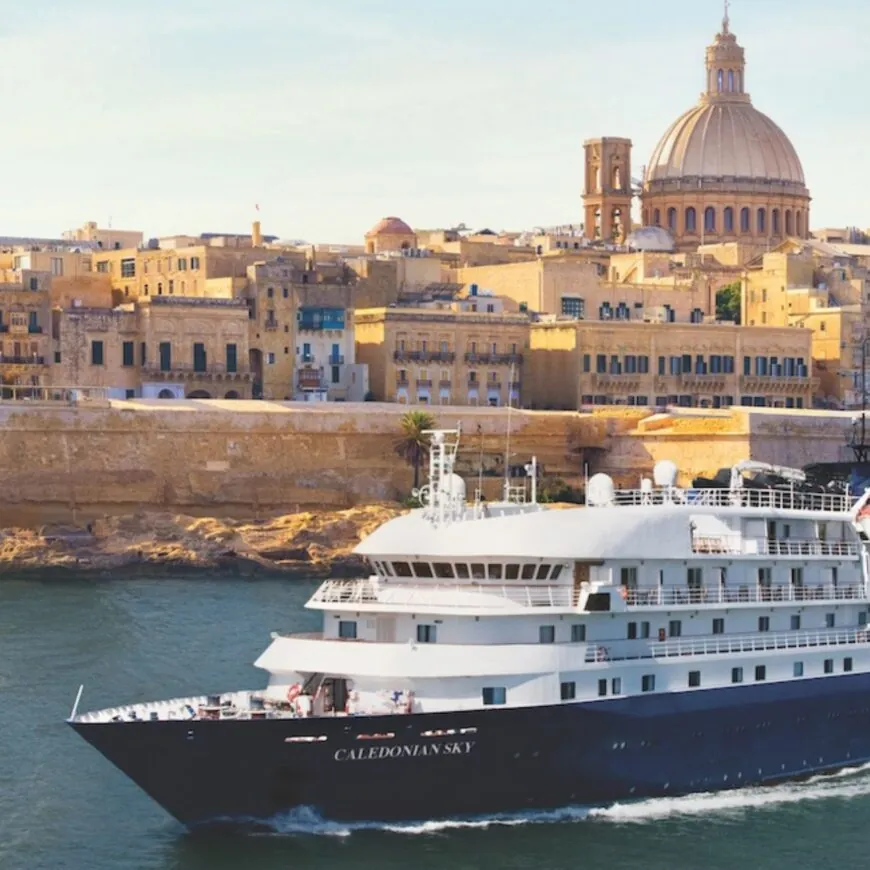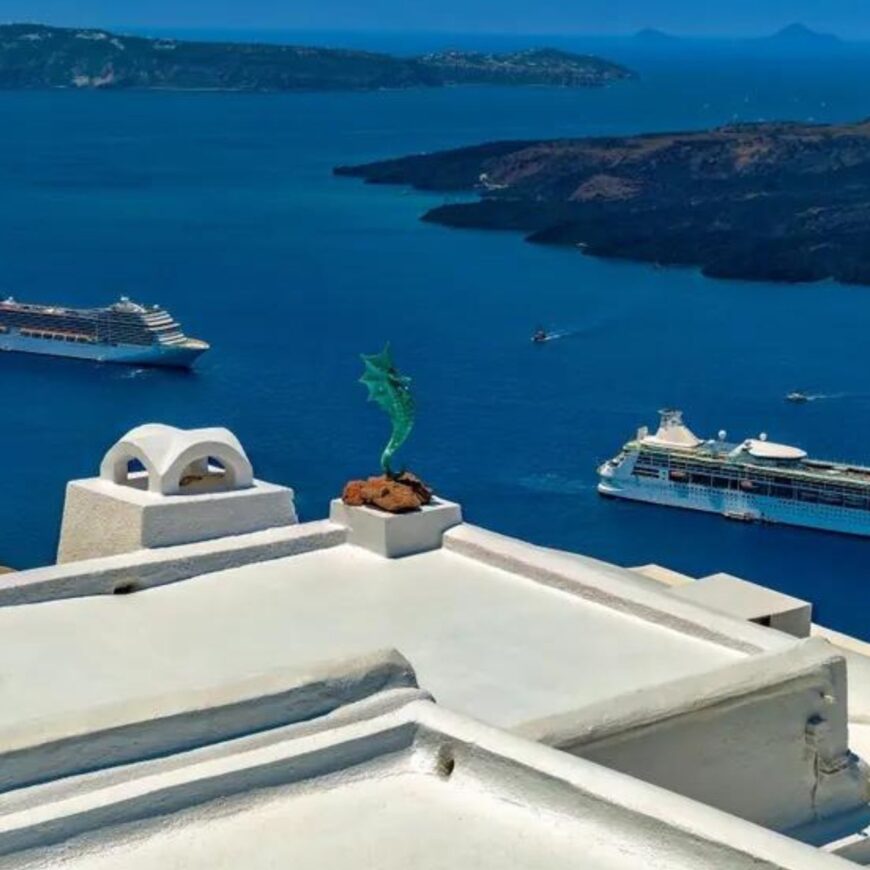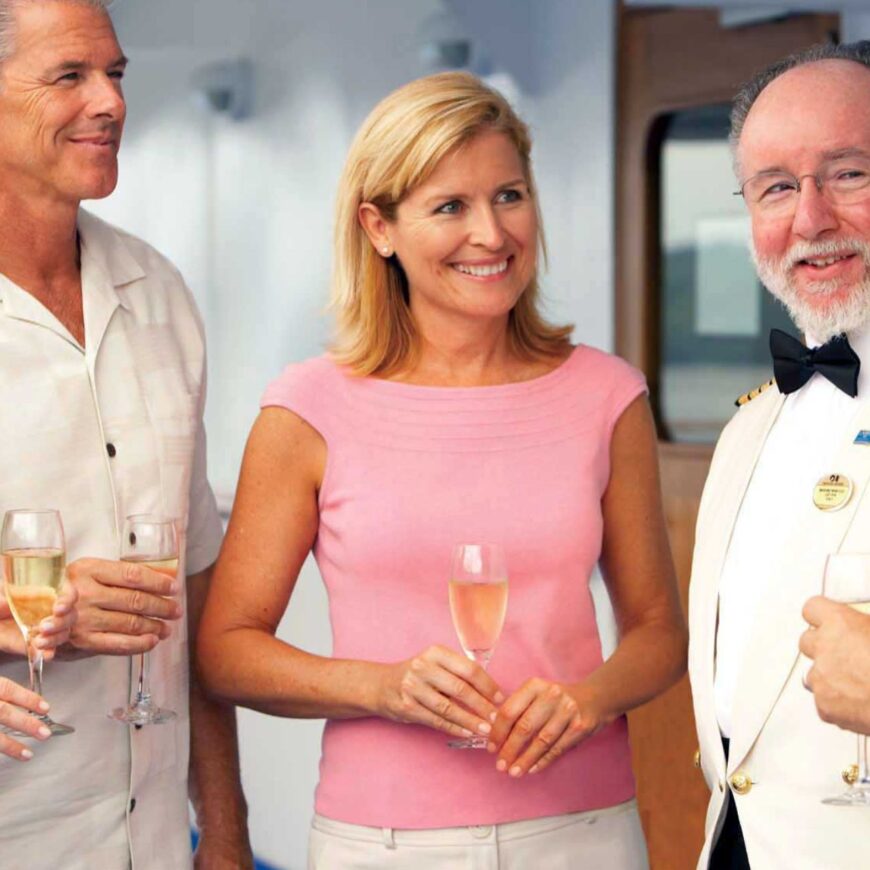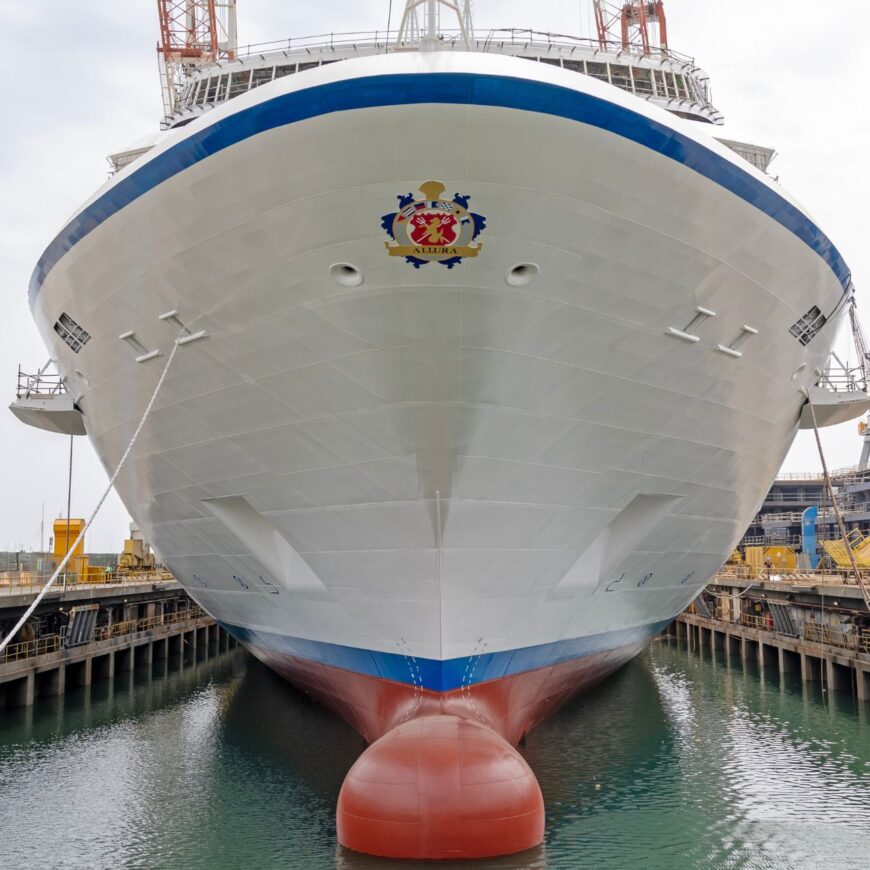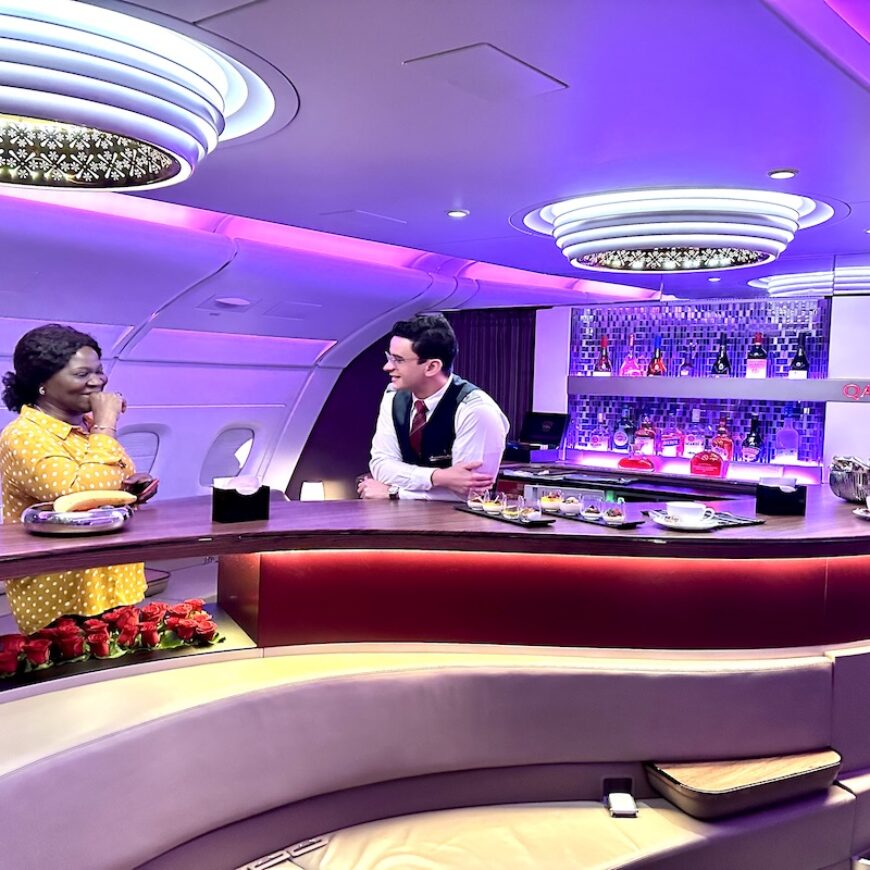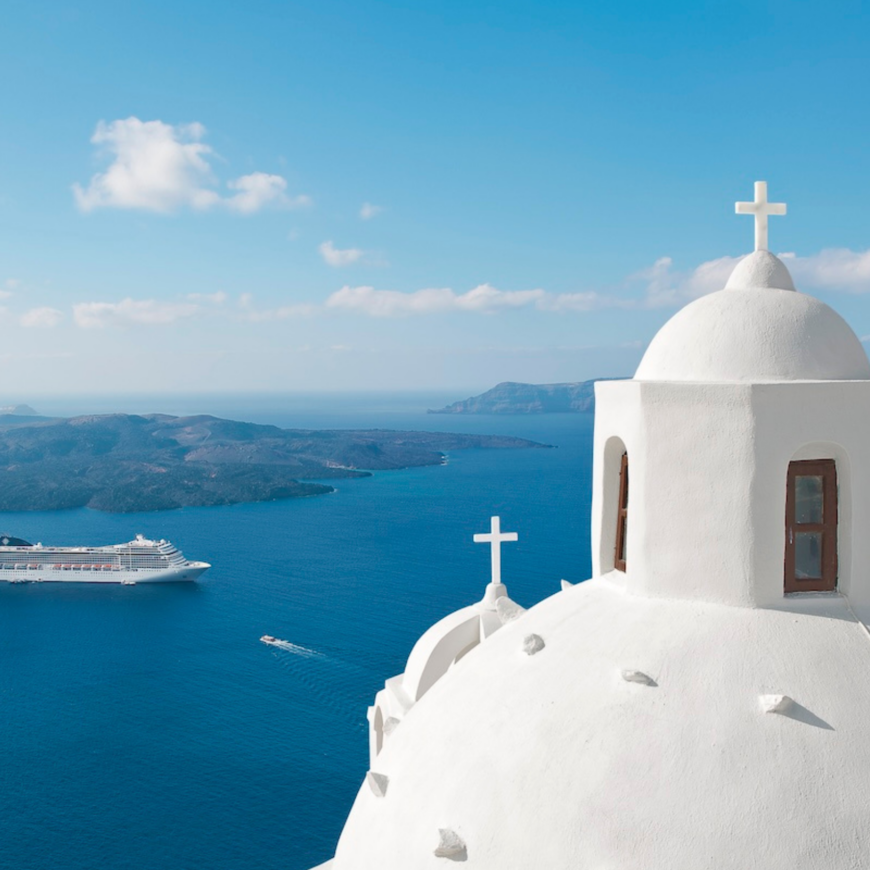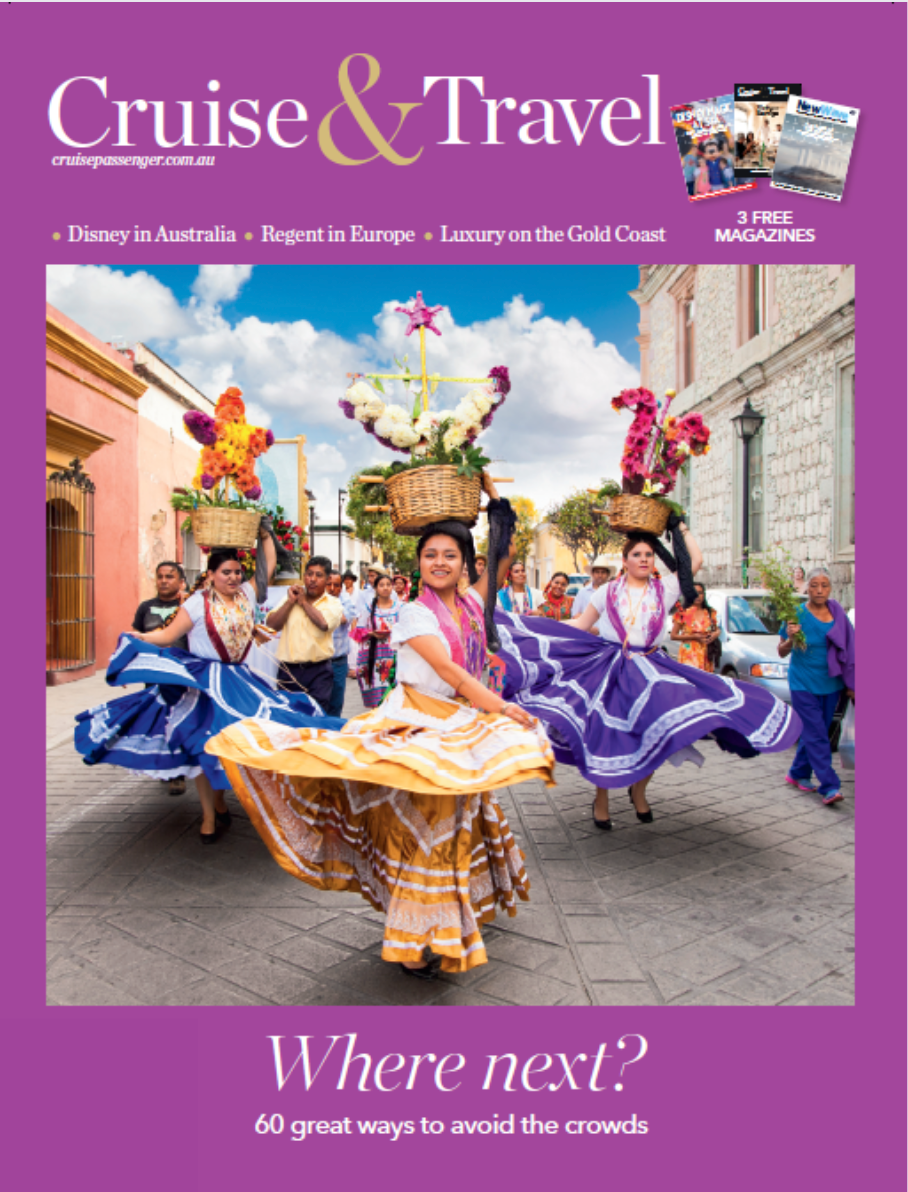Across Europe we are seeing more and more governments blaming overtourism on cruise ships, with cities limiting vessels and passengers in such iconic destinations as Venice, Greece, Amsterdam, Barcelona, and Croatia.
Yet of the 709 million tourists who arrive in Europe, just 8.2 million – or 1.2% – came down the gangplanks of cruise ships.
So are these curbs really about saving the environment or protecting communities? Or is it simply political scapegoating.
Take Venice. It is well publicised that Venice banned large ships from porting in the city centre after years of vocal protesting from locals to ban cruise ships. And who could not sympathise – the sinking city is certainly being loved to death.
But let’s look a little deeper. The Italian National Statistics Institute reported there were nearly 13 million tourists in Venice in 2019. A study from Boston Consulting Group showed that of the tourists who visited Venice in 2019, just 7% arrived by cruise ship.
CNN reports that there were 20 million tourists to Venice last year, and Statista reports there were around 508,000 visitors from cruise ships, representing 2.5% percent of visitors. This means there was a 153% increase in tourism to tourism to Venice, despite a cruise ship ban.
Politicians and local authorities were able to appease vocal local protestors, but did it do anything to protect the city from over-tourism? Probably not.
Similar figures can be seen in a destination such as Amsterdam, where cruise caps are beginning to be introduced, although just 1.5% of tourists arrive on cruise ships.
Why do locals blame cruise ships for overtourism?
- Visible tourism: Cruise ships – the “big white ships” – are a very visible form of tourism. Venetians talking to the New York Times described cruise ships in Venice as “like an elephant in a china shop”.
- When locals see large cruise ships docked and a packed city centre, they assume the majority of visitors must have come from cruise ships. However, in many major cruise destinations, cruisers are only a small percentage of overall tourists.
- Environmental impact: Many cities are worried about the environmental impact of cruise ships. For example, Amsterdam’s cruise cap plans include that cruise ships must use shore power when in the city, to limit emissions. Most cruise lines applaud this…providing there are actually enough shore power facilities to allow for it.
- Other methods of travelling, such as flying also have significant negative environmental impacts. Cruise ships have mapped out their path to be carbon neutral by 2050, whereas there remain considerable doubts over whether the aviation industry will ever be able to achieve this.
- Per person spend: The fact is a cruiser visiting a European city for a matter of hours won’t contribute as much to the local economy as someone staying in a hotel, spending money across several meals, and participating in local tourism and activities.
- However, cruise can be particularly beneficial for remote destinations that otherwise wouldn’t see many tourists. Cruise ships don’t need as much infrastructure as a hotel, for instance. This explains why cruise is so successful in the Caribbean.
- Land tourists may contribute to overcrowding or rising prices of local venues, and increased traffic/crowding at night. Factors such as AirBnb’s may drive up local rent prices. Cruise passengers will not have an impact there.

The different circumstances of different communities
- Here is a look at six destinations, Amsterdam, Santorini, Barcelona, Croatia, Mallorca, and Alaska, that have either already imposed caps on cruise or are in the process of it, as well as a look at two destinations from the Caribbean, where cruise is thriving. Plus, Australian numbers for comparison.
- The key consideration of this table is that different cities and countries have different circumstances.
- Looking at the percentage of a city or country’s overall tourism that comes from cruise, as well as how many cruise passengers the destination receives per resident, is a good indicator of how much the community is affected by cruise tourism.
- It may also demonstrate if cruise caps are being introduced to appease locals and kick the can down the road in terms of addressing over-tourism, or are necessary measures to maintain quality of life for local residents.
- Santorini, for example, is receiving an astonishing 83.97 cruise passengers per year for each resident. This makes it easy to see why local residents would call for cruise restrictions.
- However, cities such as Amsterdam or countries such as Croatia, are looking at cruise caps despite cruise not appearing to be a significant factor in local overtourism.
- A city such as Barcelona or Mallorca is in more of a middle ground. The cities do not receive a majority of their tourism from cruise, but perhaps a significant enough portion to warrant a re-think of the number of cruise ship visitors.
- Outside of Europe, countries like the Bahamas and Bermuda receive a significant majority of their tourism from cruise, emphasising why they aren’t placing caps or restrictions on ships, as they rely on that tourism income.
| Country/City | Tourists in 2023 | Cruise visitors in 2023 | Population | Percentage of total tourism from cruise | Annual Cruise Passengers per resident |
| Amsterdam | 19,000,000 | 300,000 | 821,752 | 1.5% | 0.37 |
| Santorini | 2,000,000 | 1,300,000 | 15,480 | 65% | 83.97 |
| Barcelona | 11,400,000 | 3,600,000 | 1,620,000 | 32% | 2.22 |
| Croatia | 20,300,000 | 870,000 | 3,860,000 | 4.2% | 0.23 |
| Mallorca | 12,000,000 | 2,500,000 | 900,000 | 20% | 2.77 |
| Alaska | 2,700,000 | 840,000 | 733,583 | 31% | 1.14 |
| Bahamas | 9,650,800 | 7,900,000 | 409,984 | 82% | 19.27 |
| Bermuda | 710,750 | 525,413 | 63,532 | 74% | 8.27 |
| Sydney | 10,800,000 | 720,000 | 5,312,000 | 6.6% | 0.14 |
| Melbourne | 10,300,000 | 135,623 | 5,078,000 | 1.3% | 0.027 |
So while the popularity of cruising and he growth of bigger ships like Royal Caribbean’s Icon of the Seas has a real impact, the relative numbers indicate cruise is taking a disproportionate amount of blame.
What does the future hold?
Cruise lines are devising a number of strategies to deal with caps on ships:
- Smaller Ships, More Frequent Visits: Premium lines are increasingly deploying smaller vessels that fall under passenger limitations. These ships can dock more frequently, spreading out tourist influxes.
- Port Hopping: Cruise lines are creating itineraries that hop between several ports, allowing them to maintain the allure of shorter visits to popular destinations while complying with individual city caps.
- Overnight Stays: Some lines are extending layovers in permitted ports, encouraging passengers to spend more money locally. This can appease city authorities concerned about tourists who only make fleeting visits and contribute minimally to the local economy.
- Private Islands: Big ship like Royal Caribbean and Carnival are investing in private islands where they can dictate tourist flow and bypass city regulations entirely. These islands often offer exclusive amenities and attractions, further incentivising passengers to spend onboard or on the private island.
- Partnerships and Advocacy: Cruise Lines International Association (CLIA) lobbies for regulations that favor the industry. Additionally, lines are collaborating with port authorities to develop sustainable tourism practices, hoping to demonstrate their commitment to responsible growth.
Data limitations
- Some cities such as Juneau in Alaska or Dubrovnik in Croatia didn’t have individual city data available. This means that while the country’s as a whole may not see a majority percentage of tourism from cruises, cities such as Juneau or Dubrovnik may want reform due to being disproportionately affected by cruises.
- Some figures are estimated, not exact.


